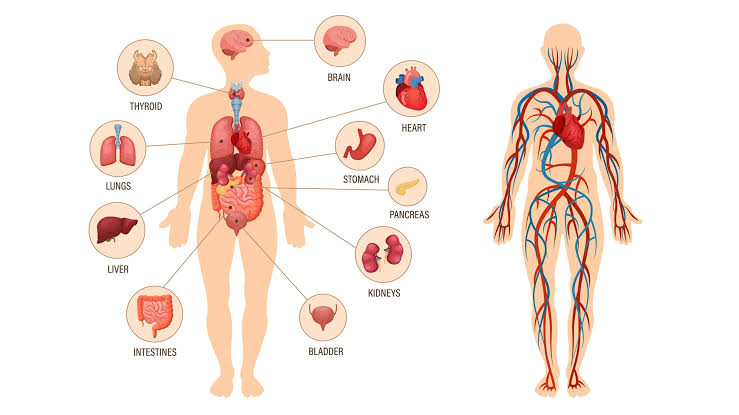GASTROINTESTINAL TRACT
1. Site of absorption of iron: Duodenum
2. Intrinsic factor is secreted by: Oxyntic/ parietal cells
3. HCl is secreted by: Oxyntic/ parietal cells
4. Gastrin is secreted by: G cells of stomach, duodenum etc.
5. Action of gastrin:
a. Stimulates secretion of gastric juice,
b. Increases gastric motility etc.
6. Action of secretin:
a. Stimulates secretion of watery, alkaline & pancreatic secretions, Inhibit gastric secretion,
b. Causes contraction of pyloric sphincter,
7. Most potent stimulator of secretion of secretin is:Acidic chyme
8. Action of cholecystokinin: Stimulates contraction of gallbladder
9. CCK-PZ secretion is stimulated by: Proteins
10. Gastric secretion is stimulated by:
a. Gastrin,
b. Histamine etc.
11. Gastric phase of gastric secretion is mediated by: Hormones
12. Intestinal motility is stimulated by:
a. Distension,
b. Acetylcholine etc.
13. Fat is maximally absorbed in: Jejunum
14. Calcium is maximally absorbed in: proximal intestine
15. Electrolytes are absorbed in: Colon
16. Effect of dietary fibres (e.g. pectin):
a. Increases bulk of stool,
b. Increases metabolism or sugar in GIT
17. Largest reserve of energy in body: Fat
18. Gastric lipase helps in digestion of: Fats
Indicator of malabsorption: Fat in stool (> 6 gms/ day)
- Volume: 800 – 1200 ml / day
- Reaction: alkaline
- pH: 8 – 8.6
- Water: 97.6%
- Solids: 2.4%
- Emulsification of fats, due to emulsification, fat globules are broken down into minute particles.
- Prevention of gall stone formation
- . Stimulate the secretion of bile from liver
succus entericus:-
- Proteolytic enzymes: peptidases – amino peptidases, dipeptidase & tripeptidase.
- .Lipase & enterokinase
-
Amylolytic enzymes: sucrase, maltase, isomaltase, lactase, dextrase & trehalase
Properties of succus entericus:
- Volume: 1800 ml / day
- pH: 8 – 8.3
Vomiting center - bilaterally in medulla oblongata



.jpeg)

